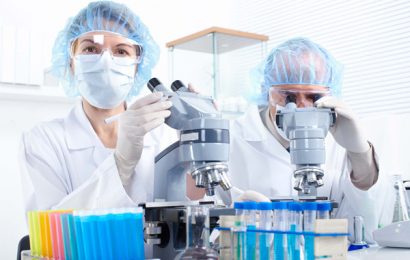
APPLIED ANATOMY AND PHYSIOLOGY RELATED TO DIALYSIS TECHNOLOGY
COURSE CODE- PDT121T
II SEMESTER(Ist YEAR)
OBJECTIVE:
Through this course the students will understand the
a) the detailed anatomy of kidney, bladder, urethra, urethra, prostrate
b) working of the urinary system
c) various disorders related to urinary system
Topics to be covered up:
UNIT- 1
- Basic anatomy of urinary system : structural anatomy of kidney, bladder, ureter, urethra, prostrate
- Histology of kidney
- Blood supply of kidney
- Development of kidney in brief
- Anatomy of peritoneum including concept of abdominal hernias
UNIT –II
- Mechanism of urine formation
- Glomerular filtration rate
- Clearance studies
UNIT-III
- Physiological values of urea, creatinine, electrolytes, calcium, phosphorous, uric acid, magnesium, glucose, 24 hours urinary indices- urea, creatinine, electrolytes, calcium, magnesium
- Physiology of renal circulation
- Auto -regulation
- Hormones produced by kidney and physiologic alterations in pregnancy
UNIT-IV
- Diseases of kidney, pelvis, ureter, urinary bladder and urethra
UNIT-V
- Haemostasis, coagulation cascade, coagulation factors, auto regulation , Bleeding time, Clotting time, prothrombin time, PPT, thrombin time
- Acid base balance; basic principles and common abnormalities like hypokalemia, hyponatremia, hyperkalemia, hypernatremia, hypocalcaemia, hypercalcaemia, pH etc
- Basic nutrition in renal diseases.
EVALUATION:
- Internal 1- 10%
- Internal 2- 10%
- Mid- term – 30%
- End Term – 50%
REFERENCES:
* B D Chaurasia’s -Human Anatomy
*Ross and Wilson- Human Anatomy and Physiology in Health and illness
- Teacher: Anupama Moirangthem